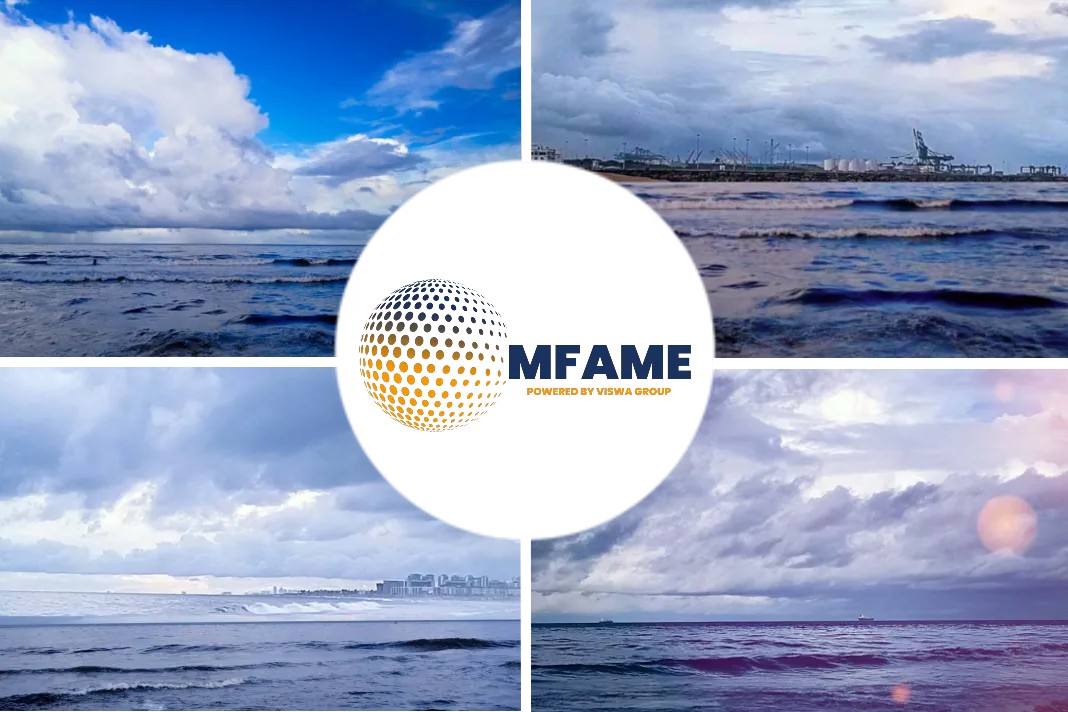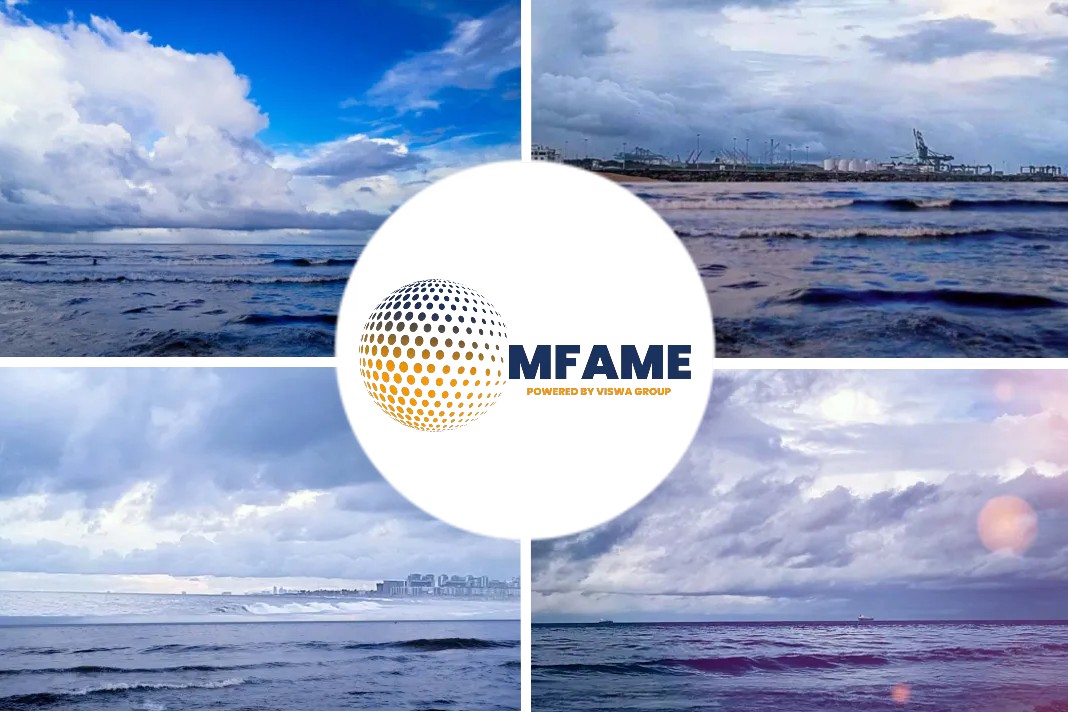Over thirteen thousand feet below the surface, hundred-foot hydrothermal vents spew black, 690 degree fluid like chimneys from the ocean floor. Tiny crabs, shrimp and limpets scuttle beneath the smokestacks, and a remotely-operated vehicle named SuBastian went down there recently to join them.
After locating a new set of hydrothermal vents in a region called the Mariana Back-Arc near the Mariana Trench in 2015, scientists returned with a probe developed by the Schmidt Ocean Institute, called SuBastian, in 2016. Scientists operated the remotely operated vehicle (ROV) from aboard their ship, Falkor, which collected data and live-streamed the expedition this past December.

The Back-Arc region contains chimneys up to 100 feet tall and teems with life including shrimp, crabs, and lobster, according to a recent press release from the Schmidt Ocean Institute in Palo Alto, California. The hard rock provides a substrate for sea life to latch onto, as compared with the muddy ocean floor, explains National Geographic. Plenty of other countries have ROVs like SuBastian, David Butterfield, Principal Research Scientist at the Joint Institute for the Study of the Atmosphere and Ocean at the University of Washington told Gizmodo. “But its technical capabilities should make it one of the best ROVs out there when they get all the wrinkles taken care of.”
The temperature, geology and chemistry of the Mariana Back-Arc could lead to very specific ecosystems unlike anywhere else in the ocean, aside from similar vents. “Everything that lives on these volcanic hot springs is there because of the chemical energy coming out of the seafloor,” said Butterfield. “We think there’s a regional variation in the species that depends on the big scale tectonic picture.” The researchers suspect that new species will show up in the samples they took, but need time to analyze the data further to make that determination.
SuBastian faced challenges, like trying to find the plumes spotted the year before, and swimming through an erupting underwater volcano. The ship was able to take striking photos of the vents and produced the video footage contained in this post.

To watch video, please click here
Did you subscribe for our daily newsletter?
It’s Free! Click here to Subscribe!
Source: Gizmodo, Schmidt Ocean Institute



















